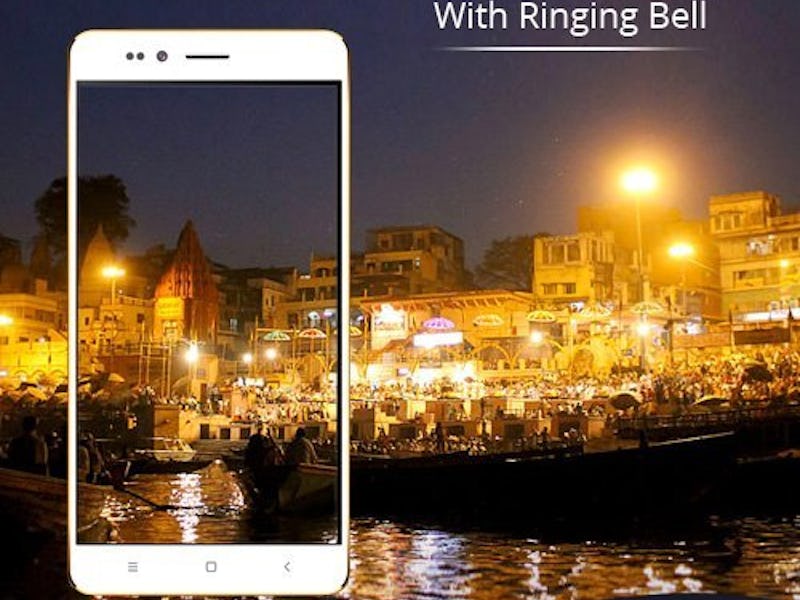4 Reasons the "World's Cheapest Smartphone" Probably Won't Cost $4
Prove me wrong, Ringing Bells.

On Wednesday, a five-month-old Indian cell phone manufacturer, Ringing Bells, purportedly released a smartphone that it’s calling the Freedom 251 — and the company claims that it will only cost $3.67, really.
Aside from the fact that it runs on Android, its battery, processor, and screen size are equivalent to those of the iPhone 5, so this smartphone would have a lot to offer. The only other discrepancies between the iPhone 5’s specifications and those of the Freedom 251 are the camera and the storage capacity. The cameras, both the front- and rear-facing ones, boast fewer megapixels than the iPhone 5’s; the Freedom 251 offers 8GB of storage, expandable up to 32GB, whereas the iPhone 5 starts at 16GB.
Details as to how a company could possibly release a smartphone so powerful for so cheap are sparse, to say the least, but many people are offering up what is perhaps the only possible explanation: government subsidies. A smartphone so cheap would do wonders for bringing India — many residents of which are impoverished and lack both smartphones and access to the internet — up to technological speed, and in so doing could foster a leveling out that India truly needs.
With that said, we’ve compiled four reasons that the $4 price tag is at best dubious:
1. Those in power in India are not necessarily all in favor of bringing its citizens up to technological speed. Facebook’s attempt to do so — albeit with what many perceived as somewhat shady motives — backfired: It was flatly rejected by the Telecom Regulatory Authority.
2. Given the Freedom 251’s specifications’ similarities to those of the iPhone 5, we’re doubtful that it can actually cost a mere three bucks and change. Estimates for the manufacturing costs of the iPhone 5C — the cheaper, less-powerful version — place Apple’s bill for each device around $156. The cheapest element in the iPhone 5s equation alone — the sensors, at $4.34 — costs more than the Freedom 251.
3. Within the fine print on the Ringing Bells website is the following paragraph, which we’ll present without comment:
Any kind of typological errors or pricing errors might occur on the site. The exact price of the product cannot be quoted till you have made an order. The prices and availability might change without any prior notice.
4. It’s not even clear that Ringing Bells knows what its phone looks like. On the website supposedly dedicated to the Freedom 251, the device resembles an iPhone; on the Ringing Bells Facebook page, it most often resembles a run-of-the-mill Android.
Even confined to its Facebook page, Ringing Bells can’t seem to agree what the Freedom 251 will look like. There are two phones here, which one is it?
On the left, an image of the Freedom 251 from the Ringing Bells Facebook page; on the right, an image of the Freedom 251 from freedom251.com.
So, while the optimistic humanitarians in us can hope that the Freedom 251 is for real, the pessimistic realists within will continue to shout that there’s no freaking way.
Another image from the Ringing Bells Facebook page, this time advertising an iPhone-esque model.